
Lead & The Shooting Range
Little do you know, but this insidious heavy metal found in ranges everywhere may be slowly killing you.
-By Wm. Lane M. Robson, MD
Dr. Lane Robson is the Director of Pediatric Nephrology at The Children’s Hospital, Greenville Hospital System, Greenville, South Carolina. He is a member of The Greenville Gun Club and enjoys bullseye shooting with his .45.
I was about eleven years old when I first heard about lead poisoning.
My dad and I were pouring lead to serve as the nose cone for a rocket we were making. While we were heating the lead, my Dad remarked that we needed to be careful to avoid lead poisoning. Like many know-it-all adolescents I responded, “Don’t be silly, Dad. The only way to get lead poisoning is to get shot.” My Dad only smiled, but why shouldn’t I have thought that? I grew up watching one Western after another on television, and I’d heard more than one gunslinger remark after a shoot-out, “He died of lead poisoning.”
My Dad was right to be concerned about the potential health hazard-and that was in the 1960s when the health risks associated with lead poisoning were only beginning to be appreciated. In the last thirty years, lead poisoning has emerged as a significant national health problem. In 1992, the Office of Management and Budget allocated $41 million for lead-screening programs. Despite these programs, few of the estimated 800,000 Americans who enjoy competitive shooting are aware of the health risk posed by lead.
Brief Overview of Lead
Lead is the heaviest and softest of the common metals. The United States mines more lead than any other country, most of it in the state of Missouri. The United States also refines more lead than any other country and consumes about 22 percent of the world’s production of refined lead. Most of the lead produced today is used in electric storage batteries. Other uses include leaded glass, protective coverings for electrical cables, some paint pigments and cosmetics, lead-glazed ceramics, and, of course, bullets.
Overview of Lead Poisoning
Lead poisoning was recognized in ancient Rome, where lead was used in water pipes, wine processing, and tableware. Some conjecture that the lead-related problems of sterility, miscarriage, and dementia contributed to the decline of the Roman empire. Today, lead poisoning is an epidemic problem, affecting at least 2 percent of American children, where the source of lead is thought to be lead-containing paint from pre-1960 homes. Affected children are at risk for learning disabilities and behavioral problems. Even modest lead exposure in children lowers the IQ, impairs memory and reaction time, and affects the ability to concentrate.
Lead exposure in adults can result in anemia, high blood pressure, infertility, decreased resistance to infection, kidney damage, gout, and neurological abnormalities including hearing loss, seizures, balance problems, wrist or foot drop, and dementia. Severe lead poisoning can lead to coma and death. The early symptoms of lead poisoning include headache, dizziness, tiredness, poor appetite, sleep disturbance, achy joints, nausea, abdominal pain, and constipation.
There are several medications to treat individuals with lead poisoning, of which the most common are calcium sodium EDTA and succimer. Both medications pull lead out of the tissue, bind the lead in the blood, and increase the amount of lead excreted in the urine. However, it makes more sense to prevent lead poisoning than to risk permanent problems or the side effects of treatment.
Measurement of Lead in the Body
There are two common tests to assess exposure to lead. The blood lead test measures the micrograms of lead per deciliter (mcg/dl) of blood. This test does not reveal the total amount of lead in the body, since lead moves quickly into the tissue where most of the lead is stored in bone. The conventional way to assess the amount of lead in the tissue is the red blood cell lead count, which measures the amount of lead that builds up over three months.
Since lead has no biological value, the normal level in the blood or tissue should be close to zero. The blood lead of our pre-industrial ancestors was less than 0.02 mcg/dl. With the industrial use of lead over the last several hundred years, and particularly since the use of leaded gasoline in this century, the amount of lead in the air, soil, and water has increased tremendously, and the average blood lead in Americans is now 2.8 mcg/dl or about 140 times as much as our pre-industrial ancestors.
Although there is no consensus on age-acceptable limits for blood lead, several government agencies and health organizations have suggested guidelines. The Occupation, Health, and Safety Administration (OHSA) adult limit for blood lead is 40 mcg/dl, and OHSA recommends removing a worker from lead exposure when the blood lead is over 50 mcg/dl. The American Academy of Pediatrics (AAP) and Centers for Disease Control (CDC) limit for blood lead in a child is 10 mcg/dl. Anemia, abdominal pain, and infertility are possible with a blood-lead count greater than 50 mcg/dl, and neurological problems develop with a blood lead count greater than 100 mcg/dl.
Measurement of Lead in the Air
Air lead is measured by collecting lead in filter papers attached to a pump that forces air through the filter. The lead is reported as the micrograms of lead per cubic meter (mcg/m3). The OSHA recommendation for the maximal acceptable level of lead in the air we breathe is 50 mcg/m3. By comparison, the air lead in major American cities averages about 0.2 mcg/m3.
Lead Exposure At the Shooting Range
Sources of lead during shooting include:
- The primer compound, which is made of about 50 percent lead-containing compounds;
- The effect of the hot propellant gases on the base of the lead bullet;
- Friction of the bullet against the barrel wall; and
- Fragmentation of the bullet against the target and backstop.
After the bullet leaves the muzzle of a handgun, the lead-containing gases naturally stream forward, unless they are diverted by wind or ventilation-created air currents. In a handgun with a compensator, the lead-containing gases stream in the direction of the compensator vents as well as out the muzzle. In an automatic pistol, as the slide returns to eject the spent case, some lead-containing gases are directed back toward the shooter. Fragmentation of the bullet against the target and backstop results in significant lead dispersal.
Several tests performed in indoor ranges have shown the air lead increases with the distance from the shooter and reaches maximum levels at the target. Graph 1 shows the increase in the air lead at different range positions in a test conducted at an indoor range. For illustration purposes, the showroom air lead was assigned a value of one, and the other positions were compared to this. This test shows the air lead at the target is 34 times as high as that in the showroom.
Air lead in the breathing space of a shooter is usually in the toxic range (over 50 mcg/m3) with reports varying from 14 mcg/m3 to a whopping 34,900 mcg/m3! The accumulation of air lead likely depends on a variety of factors, including ventilation, length of time spent at the range, number of rounds shot, caliber and model of handgun, use of lead or copper-covered bullets, and eating and smoking at the range.
What About Outdoor Ranges
Also, lead poisoning can develop in shooters using uncovered outdoor ranges. Of course, the better the ventilation the less the risk of lead poisoning. Ventilation is worse in indoor ranges than in outdoor ranges, and worse in covered outdoor ranges than in uncovered ranges. A common misconception is that shooters who use an outdoor range cannot develop lead poisoning, but lead poisoning has been reported in shooters who used an uncovered outdoor range.
The velocity and direction of the wind at an outdoor range are important factors. Wind coming toward the shooter will increase the air lead in the shooter’s breathing space and the risk of poisoning. Wind from behind the shooter decreases the risk. Wind from the side decreases the risk unless the shooter is downwind from other shooters, which increases the risk of inhalation of second-hand lead. Personal air filters reduce the amount of lead inhaled. One study reported a 33 percent reduction in blood lead in a shooter who chose to wear an air filter (a standard hospital mask works well).
The number of personal rounds shot, the number of rounds shot by other shooters, and the firing position of the other shooters are factors. The more rounds shot and the closer the other shooters, the greater the risk of lead poisoning. Since the air lead remains high even in well-ventilated indoor ranges, the duration of time spent is important regardless of the number of rounds shot. Lead escapes the best ventilation system and settles on walls, floors, and furniture. Clothes, carpets, and cloth-covered furniture effectively trap lead from the air and slowly disperse it even when no one is shooting.
Copper-covered bullets significantly reduce the risk of lead poisoning
It is likely that the model and caliber of a handgun are important factors since they determine the surface area of the lead bullet and barrel and the amount of lead in the primer compound. The energy of friction between the surface of the bullet and the barrel releases lead into the air. It is possible that the larger the surface area of the bullet and the barrel, the larger the amount of lead dispersed by the propellant gases. Similarly, it is likely that larger amounts of powder will burn off larger quantities of lead from the base of the bullet. Copper-covered bullets decrease the air lead by more than 90 percent and significantly reduce the risk of lead poisoning.
Lead collects on the fingers and can be ingested during eating and smoking. The skin surface closest to the lead-contaminated gases exiting from the muzzle are the fingers, and eating transfers any lead that settles on the fingers to the mouth. Ejected brass is covered with lead-contaminated powder residue, and most shooters pick up brass with the same fingers they eat with. Shooters who bite their nails or who moisten their fingers to turn the pages of a shooter’s log increase their risk of poisoning. Smoking on the range increases the risk of poisoning since lead on the fingers is ingested during smoking. Most smokers increase the amount of air they breathe when they take a puff, which also increases the amount of inhaled lead.
Reloading Considerations
Although I was not able to find reports that showed the risk of lead poisoning is increased with reloading, it is possible the risk is higher. When a lead bullet is seated and crimped, small particles of lead are sheared off and dispersed in the air. The reloader is often positioned with his nose less than a foot from the bullets during the reloading process, and it is possible that significant quantities of lead are inhaled. When the bullet is placed on a case for seating, small quantities of lead are transferred to the fingers and can be ingested during eating or smoking. Casting bullets increases exposure to lead and the risk of poisoning.
Recommendations
I have fun shooting and would like to continue to enjoy this sport, but I also want to protect myself from lead poisoning. To minimize the risk of lead poisoning, I suggest shooters take the following steps:
- Use copper-covered bullets.
- Do not shoot in a poorly ventilated indoor range.
- Don’t clean up lead dust in an indoor range without the use of a protective air filter.
- Do not clean up the lead fragments against the backstop without the use of a protective air filter.
- Avoid shooting on days when the wind is blowing toward you.
- Consider limiting the time you shoot on a busy range to minimize exposure to secondhand lead
- Consider sending as few shooters as possible to score or put up new targets in an indoor range since the air lead is highest at the target. Share this risk.
- Do not eat while shooting. After shooting, wash your hands thoroughly before you eat.
- Do not smoke while shooting. After shooting, wash your hands thoroughly before you smoke.
- Leave indoor ranges immediately after shooting.
- Change your shirt after shooting to avoid exposure to the lead that accumulates on your clothes. Wash your clothes after a trip to the range.
- Have your blood lead checked if you shoot on a weekly basis, if you shoot or reload more than 500 rounds a month, or if you develop any symptoms of lead poisoning.
- Consider wearing a protective air filter if your blood lead is elevated.
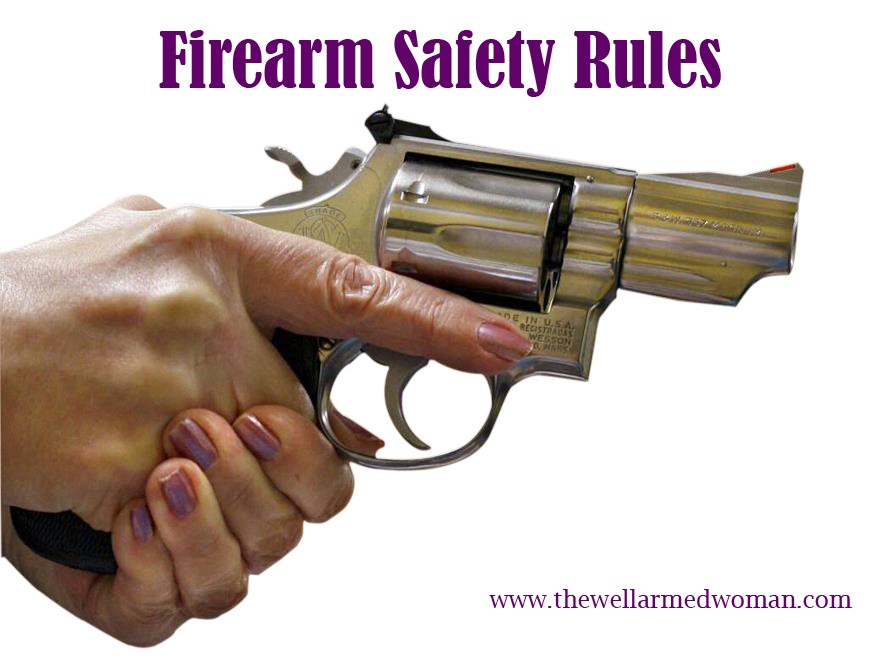
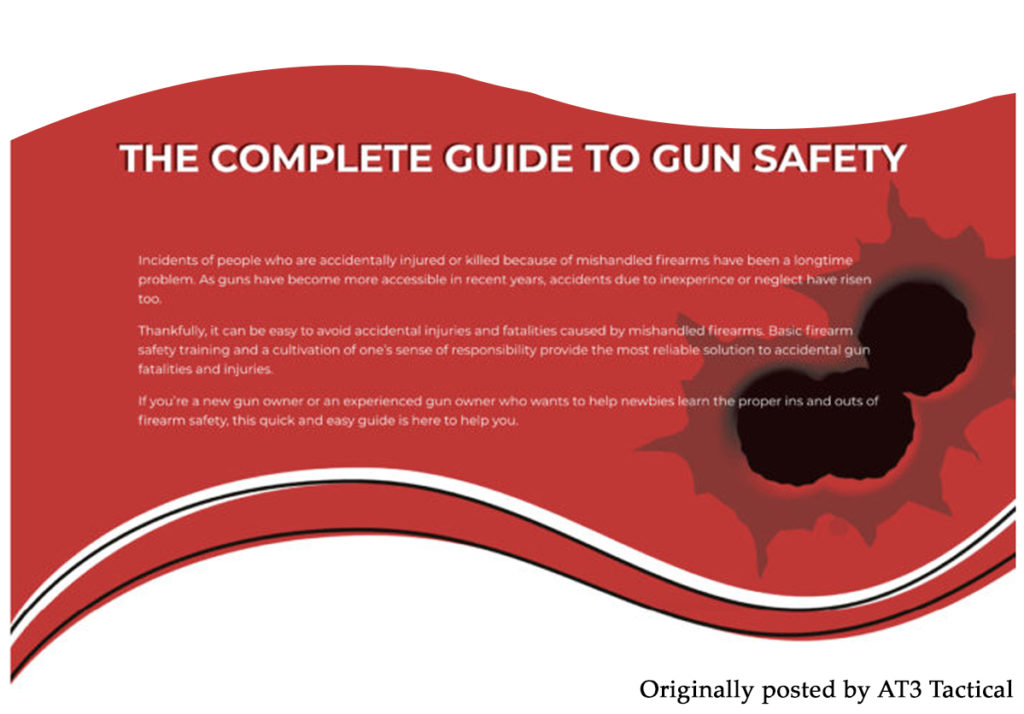
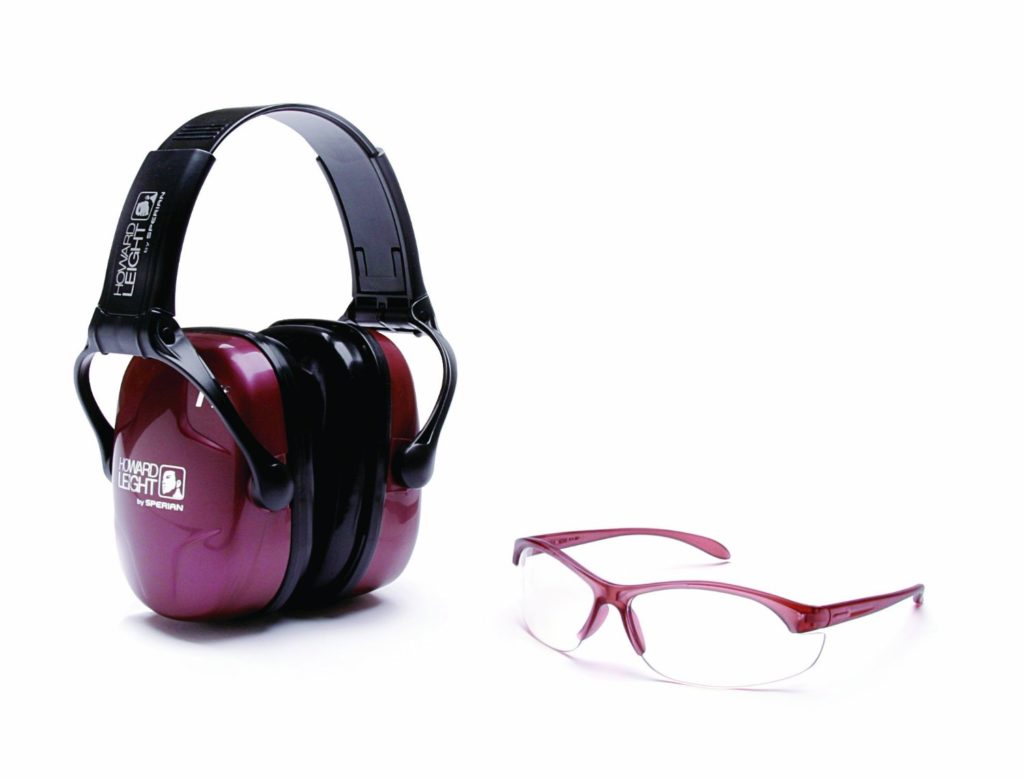

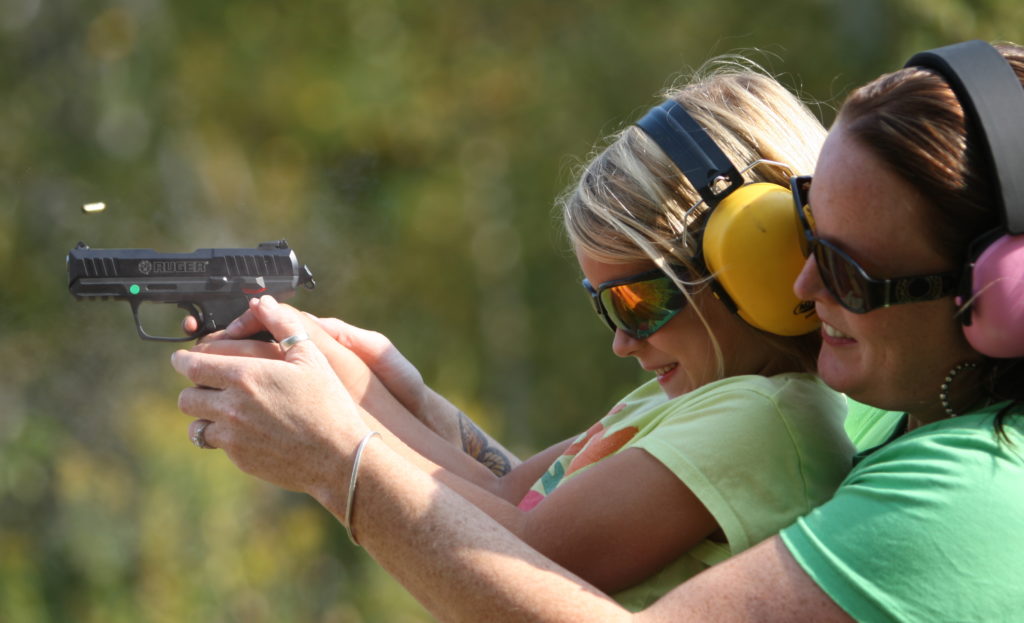
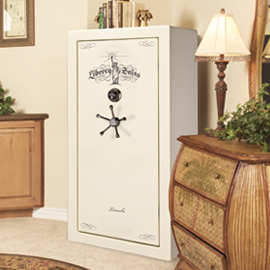
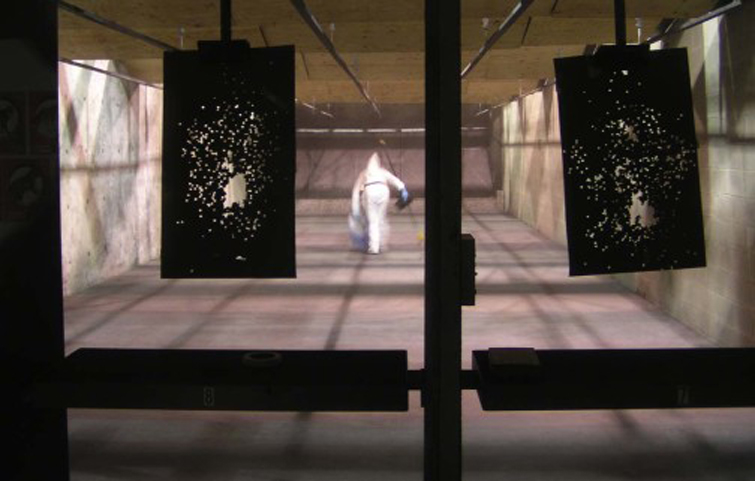

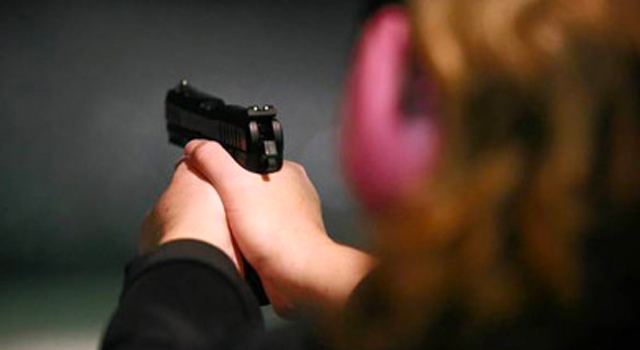
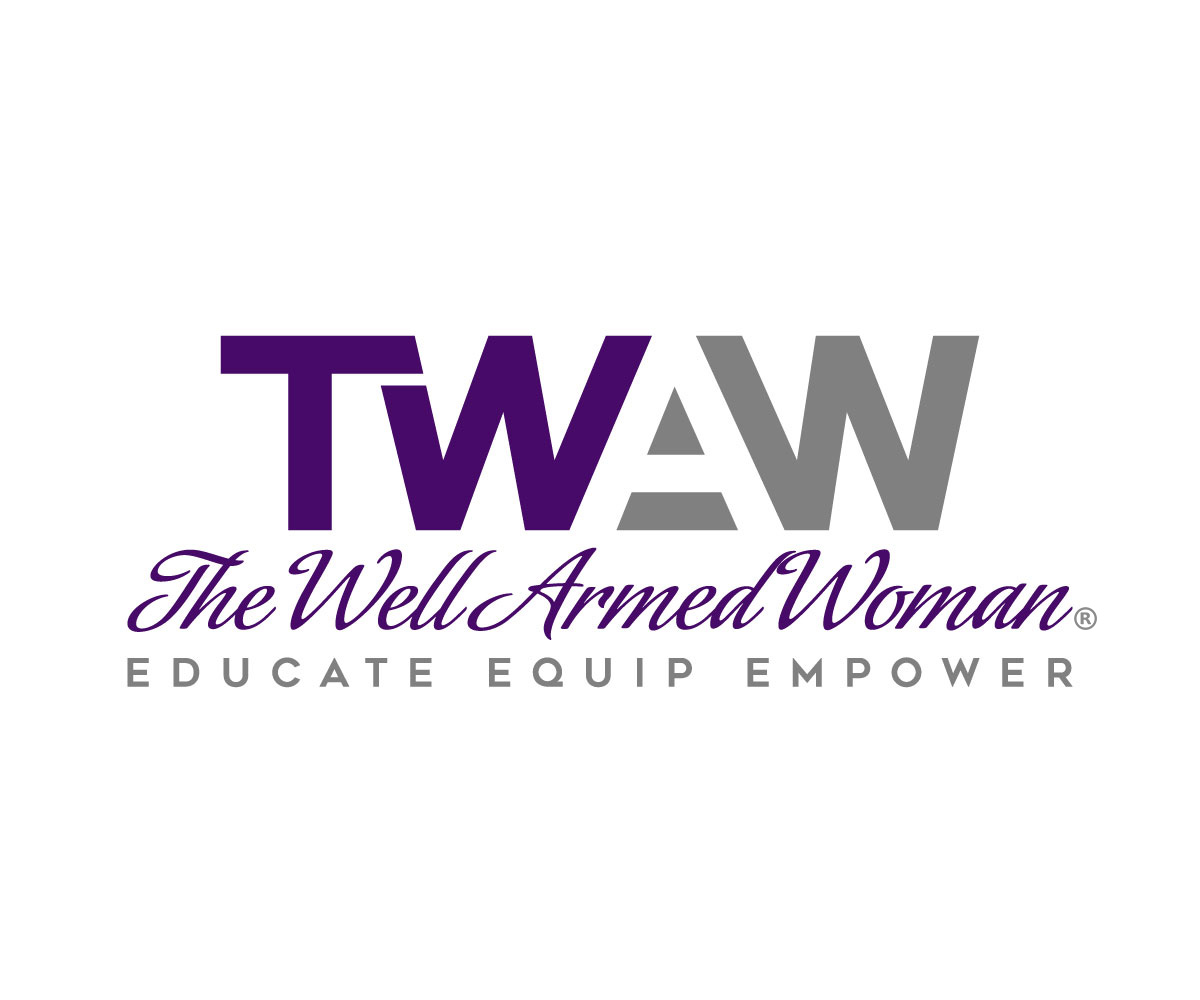
Will regular detergent take the lead out of your clothes?